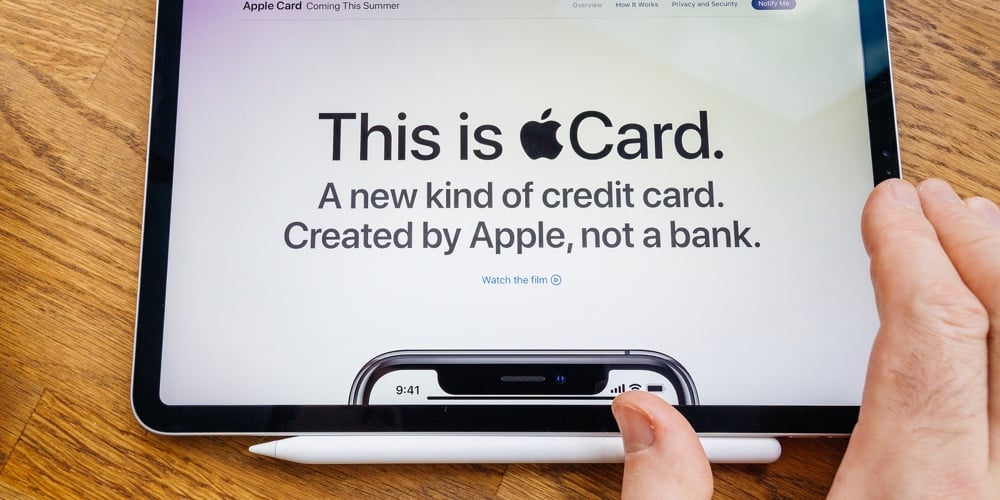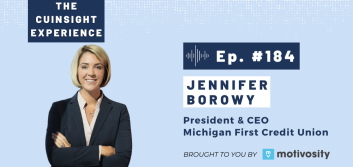Lending Perspectives: 5 lessons for credit unions from apple card’s early missteps
It didn’t take long for the new Apple card to make the news for the wrong reasons.

None other than Steve Wozniak, the co-founder of Apple, questioned whether the algorithms used to automatically decision applications discriminated against his wife based on sex. David Hansson, another well-known tech executive, made the same claims on Twitter after his wife also received a much lower limit on her Apple card even though her FICO score is supposedly higher than his. Is this controversy just a short-lived social media mess or is this part of a slowly growing mistrust of artificial intelligence?
Because Goldman Sachs does not seem to have encountered any real challenges in approving billions in new credit lines, perhaps the more important question to ask is, “What can credit unions learn from this initial backlash towards the Apple card?”
1. Machine learning or artificial intelligence is a two-edged sword.
While many credit unions are sort of mired in a slump, making automated decisions on only 20-30% of their consumer loan applications, Goldman Sachs is likely providing an automatic, immediate decision on virtually 100% of these applications; I don’t think Apple would stand for anything less from a customer experience standpoint. There are serious limitations to the traditional decision engines most credit unions use as part of our loan origination systems, the most prevalent being the fact that utilizing even just 20 pieces of data seems to be the limitation for most. Artificial intelligence has no such limitations. If you have access to 10,000 pieces of data, you can factor all of them into the loan decision. Yet how do you manage that process? And how you can ensure that the algorithms in artificial intelligence systems aren’t learning to discriminate based on prohibited or perhaps uncomfortable reasons? It seems that credit unions venturing into machine learning and artificial intelligence need to focus on vendors that understand lending and the Equal Credit Opportunity Act.
continue reading »




